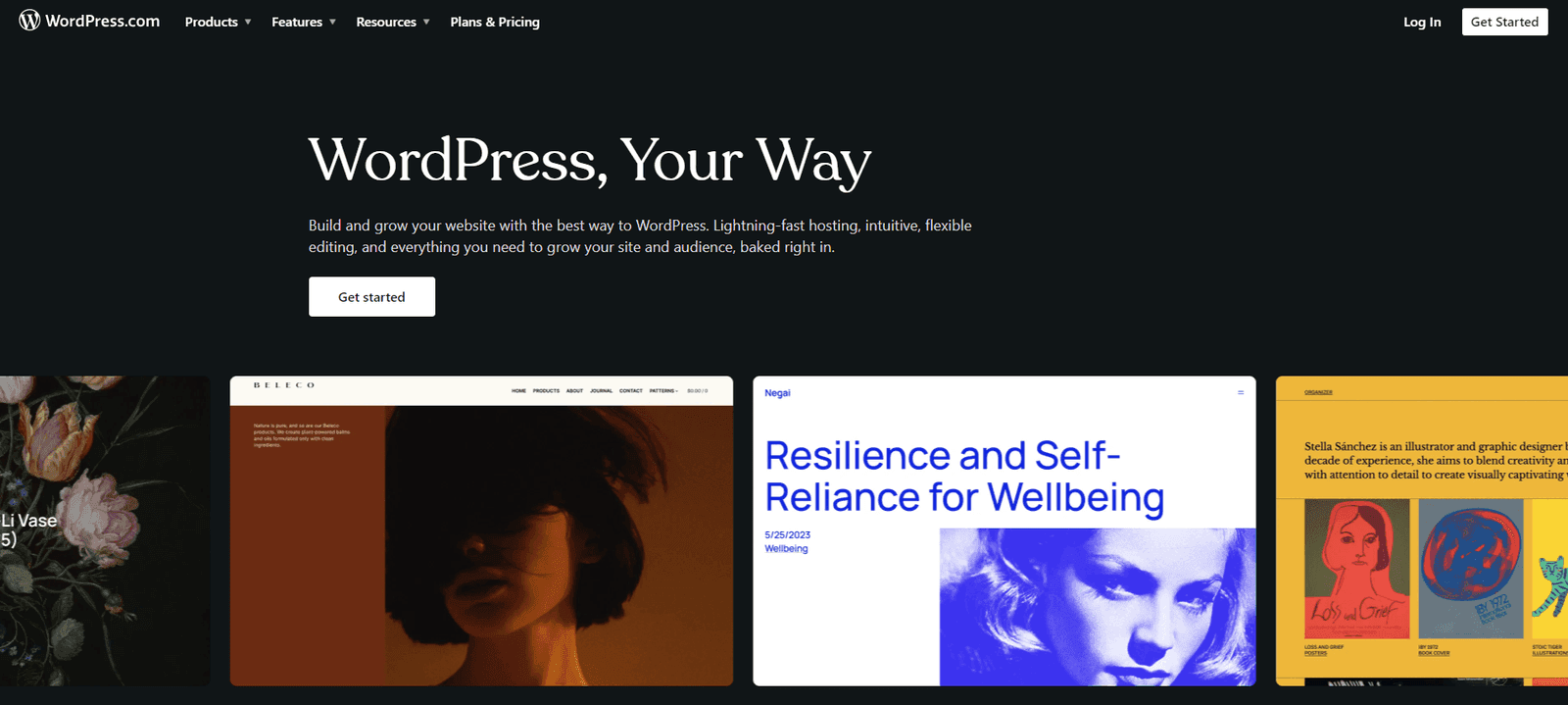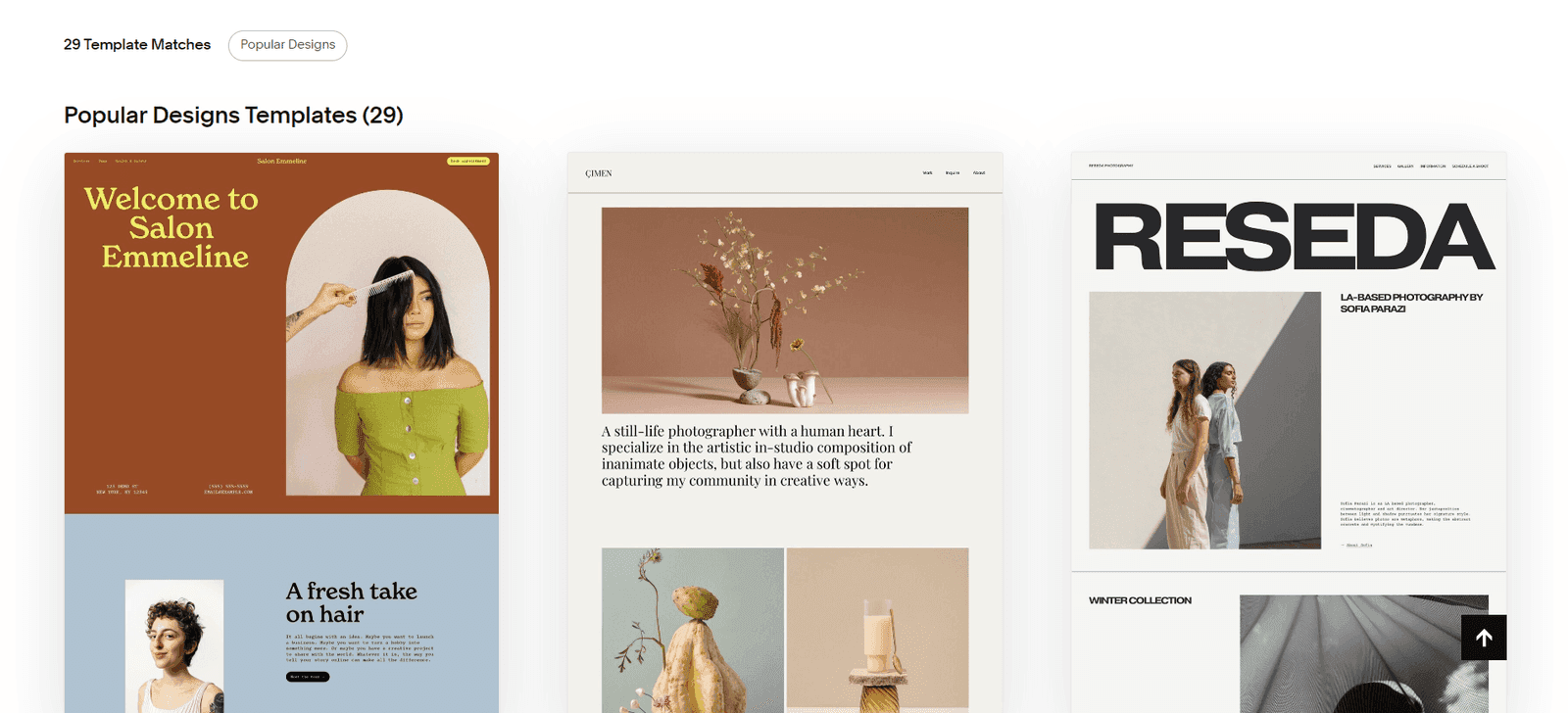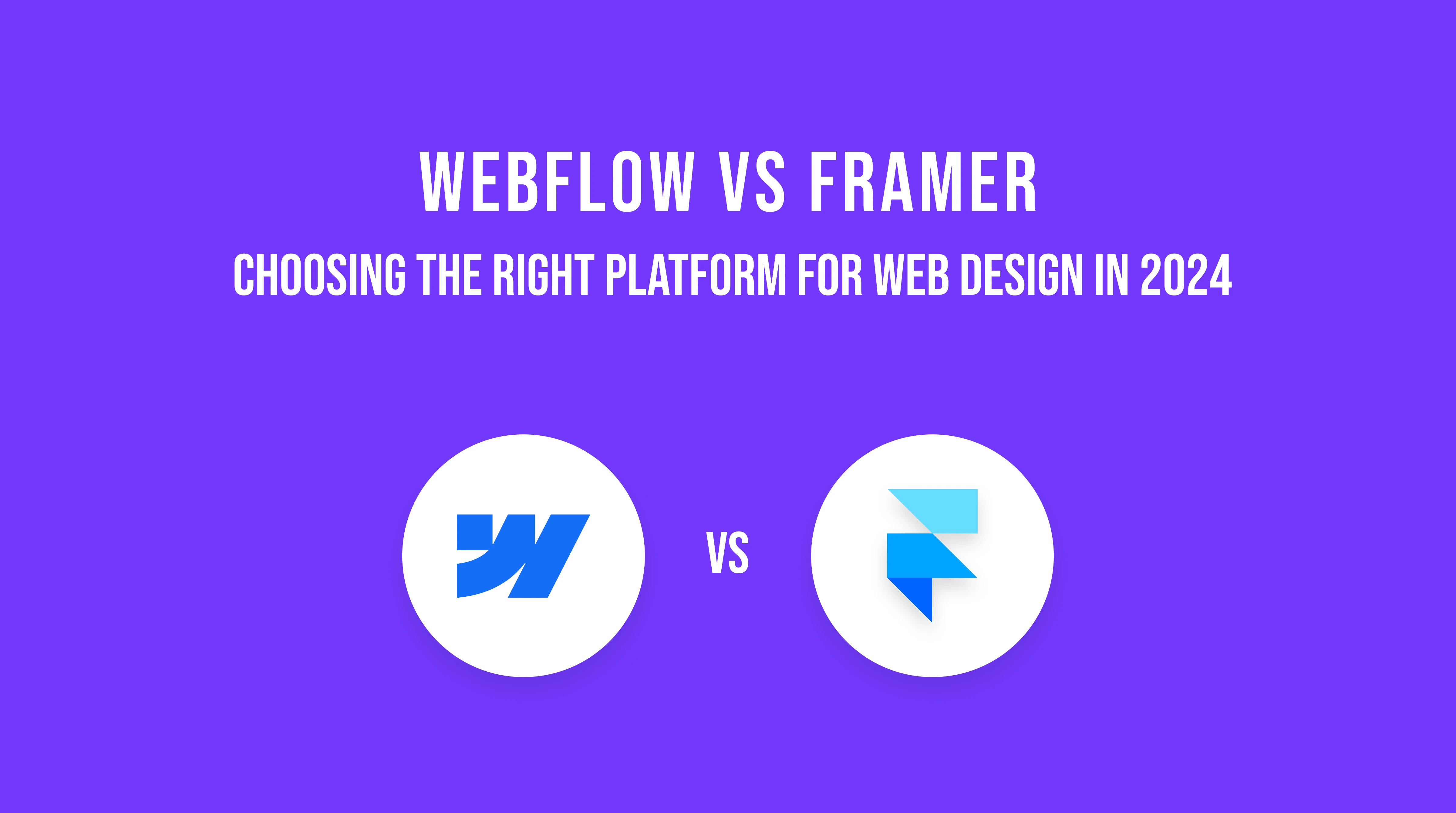Summary by AI ✦
When selecting a website builder to make your website, it's important to consider all of your alternative options and take your needs and skill set into account. Let's examine the various factors to take into account while creating a website to choose which one is ideal for you. Which do you prefer, Framer vs Webflow or other? Let's determine which is the best option for you.
In the current digital environment, businesses, companies, and even individuals must establish a strong online presence. It is important to have a well-designed and effective website to achieve this. Webflow and Framer are two well-liked no-code website builders that designers and developers frequently use. Without the requirement for technical knowledge, users may construct stunning websites using both platforms' powerful capabilities. To help you choose the platform that best suits your needs, we will carefully compare and contrast the key differences and similarities or any other platform similar to this platform.
Webflow vs Framer
In the field of web design and software engineering, Webflow and Framer are two potent tools that offer unique tools and features that make building a website easier.
Webflow is a unique platform for website design and development that is suitable for beginner and expert designers equally. With its simple interface, anybody can create visually appealing and responsive design websites without knowing how to write a single line of code. Webflow provides designers with a variety of customizable templates that they may use to kickstart projects or modify existing designs to meet specific needs.
In addition, Webflow's integration capabilities are one of its main advantages. The user experience and functionality of websites may be enhanced with the seamless integration of well-known tools and services like Mailchimp, Zapier, and Google Analytics. Furthermore, customers may produce, manage, and update a variety of content types on Webflow's powerful content management system, all inside a single platform. This includes blog articles, product listings, and multimedia features.
On the other hand, Framer has established itself as a dynamic web design tool with a special focus on interactive design and prototyping. Framer, which was first created for prototyping, had a major update in 2022 and became a comprehensive website design, development, and launch solution.
Framer's no-code approach is one of its best benefits; it lets designers create unique websites without requiring a lot of coding expertise. Designers can create and prototype complex website interactions and transitions with Framer's user-friendly interface, which provides them with a realistic glimpse of how these pieces would work in a real-world production setting. Furthermore, Framer offers an array of interactive elements that imitate true behaviors, helping designers in understanding the development process better and creating more engaging user interfaces.
Framer vs Webflow - Features
Both Framer and Webflow are effective tools for web design and development, having a unique combination of functionality to meet various requirements throughout the design process.
Framer’s Features
• The quickest tool for creating websites is Framer as it lets you publish your design right away without requiring further coding or other software.
• You may construct and launch your own website with this all-inclusive solution without a web development team or any programming skills.
• Among other things, framer websites are well-known for their adaptable design, integrated videos, and user-friendly contact forms.
• Framer may support a whole marketing campaign or aid with anything from hosting to integrating with tracking and conversion providers.
• With Framer, you can build whatever you can think of on the canvas or in the content editor. It also makes it easier to collaborate in real time and apply custom code.
Webflow’s Features
• With Webflow, users aren't limited by preset layouts and may build their own websites from the ground up.
• The content management system offered by Webflow makes it easy to update and maintain the material on your website.
• It makes the process of creating a website easier by doing away with the need for users to look for an outside hosting company.
• Developers find it easy to work with and manage websites because to Webflow's ability to generate clear and semantic code.
• Webflow is widely used, and there are many of resources available for learning about it and resolving any issues that could come up.
Dynamics, Pricing & Audience
Since each tool has its own advantages, there are some significant distinctions between Framer and Webflow that you should take into account when deciding which one to employ for your project. A comparison of some of their most important differences is shown below:
Dynamics: With its advanced feature set, Framer provides strong capabilities for making complex animations and interactions. On the other hand, Webflow is a more straightforward solution with a focus on website design and development, complete with an SEO-friendly function and a content management system.
Pricing: Webflow has a higher price point, with plans starting at $14/month compared to Framer plans starting at $5/month. Furthermore, Framer’s free trial only lasts for 14 days, while Webflow offers a free plan with limited features and a paid plan with a longer free trial.
Target audience: Webflow is best suited for freelancers, startups, and small enterprises, whereas Framer is better suited for in-house designers and design teams.
Exploring Other Platforms
Based on particular project requirements and preferences, the following platforms are also worth taking into consideration in addition to Framer and Webflow:
1. WordPress:

WordPress remains a dominant platform for website development, especially for content-focused sites and blogs. Its extensive plugin ecosystem and ease of use make it a favorite among many designers and developers.
2. Wix:

Wix is a user-friendly platform that caters to beginners and small businesses. It offers drag-and-drop functionality and a range of templates for quick website creation.
3. Squarespace:

Squarespace is a popular website building platform known for its user-friendly interface and a wide range of templates suitable for various industries and purposes. It targets individuals, small businesses, and creative professionals who seek to create professional-looking websites without delving into complex coding or design processes.
Know the Colorful Minimalism in Web and Graphic Design
Conclusion
Selecting the appropriate platform in the field of web design and development is crucial for creating an attractive and functional website. Framer and Webflow are two powerful technologies with distinct capabilities that cater to various needs.
Framer is a leading solution for interactive design and prototyping, offering robust marketing support and rapid website development capabilities. On the other hand, Webflow focuses on user-friendly content management, seamless integrations, and flexible design options. The success of your website hinges significantly on the platform you choose, or you may explore alternatives such as WordPress, Wix, or Squarespace, depending on your project's requirements, budget, and target audience.
We understand the challenges of website creation. If you're struggling to develop a website, our team specializes in building websites from scratch, providing comprehensive support in ui ux designing, developing, and branding services for your online presence. We partner with companies and brands to deliver tailored solutions that align with their vision and objectives. Trust us to bring your website ideas to life with professionalism and expertise.
Share on:



